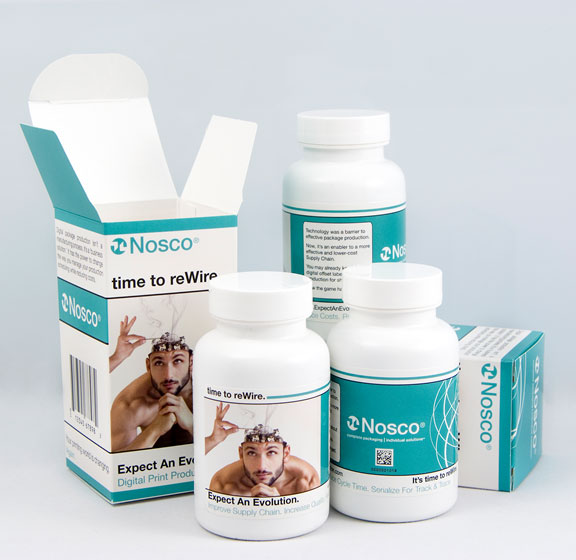
Twenty years ago, only a few small niche markets used Digital Printing. With advances being made everyday in technology, one could speculate that most printing presses will eventually become digital, at least in some form. In the meantime, digital and conventional printing will coexist, and healthcare manufacturers will need to make a choice and match the right technology to the job. Here are some tips for making those choices:
Sometimes the answer to the question “digital or conventional?” is “Both.” Both printing technologies typically are used in situations where multiple stock keeping units (SKUs) of a product are sold, offering consumers different strengths or dosage counts, or addressing the needs of a particular market. For example, a brand’s 100-count bottle may involve a run in the millions, while its 25-count bottle only requires a couple hundred thousand. In this situation, it makes sense to print the label for the 100-count SKU on a conventional press, while the label for the 25-count container is digitally printed.
*These numbers depend on the overall size of the label or carton
For more information, click to download Healthcare’s Digital Packaging Playbook
to Nosco News and get the latest sent to your inbox.